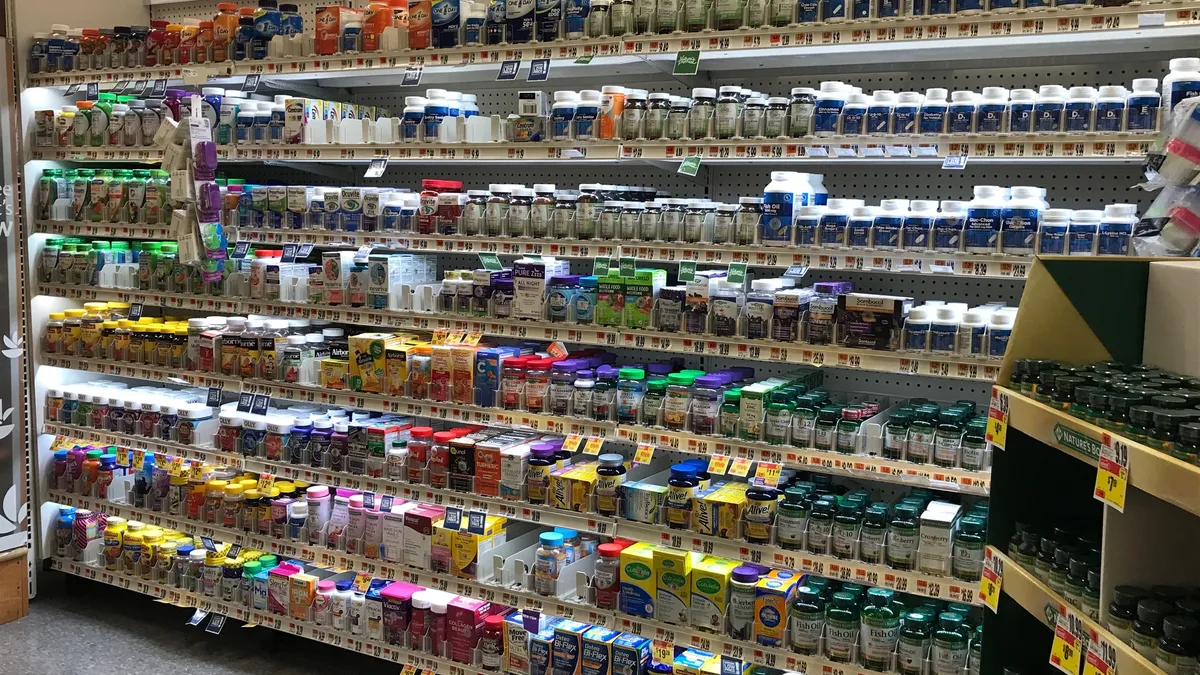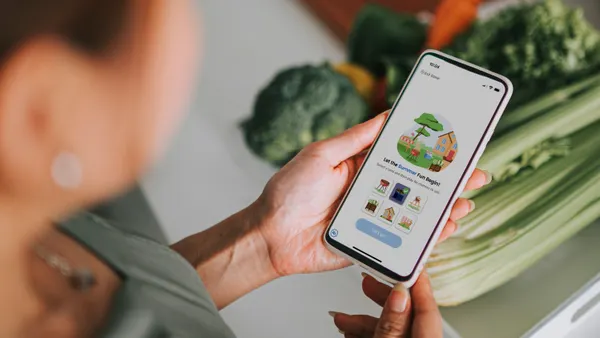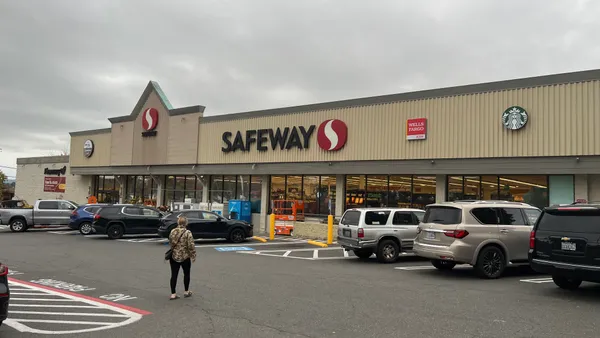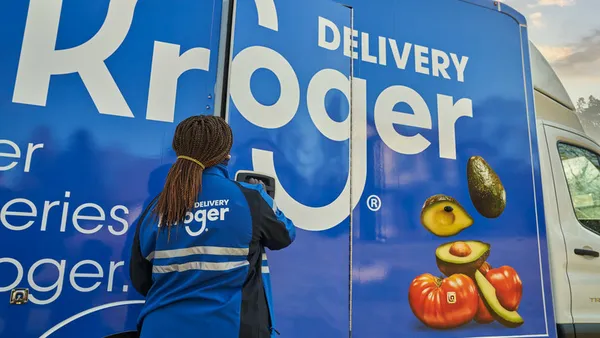Dive Brief:
- Following historic sales highs for vitamins and supplements last year, the category is poised to continue boosting sales for grocers, according to data and insight from Chicago-based market research firm IRI, NielsenIQ and 210 Analytics.
- Approximately 86% of customers buy vitamins regularly, and 17% of shoppers said they plan to spend more this year on vitamins, per an IRI survey cited by Anne-Marie Roerink, president of 210 Analytics.
- With COVID-19 restrictions returning and the U.S. bracing for more cases driven by the delta variant, grocers may want to stay attentive to their vitamins and supplements as consumers renew interest in immunity-boosting products. “Vitamins have a strong outlook for sales,” Roerink wrote in an email.
Dive Insight:
New and returning shoppers drove empty vitamin aisles following initial COVID-19 restrictions last spring, with IRI engagement data showing that one in three households bought vitamins in April 2020, Roerink wrote.
Roughly a year later, vitamin and supplement sales are strong once again, driven by health and immunity concerns. In mid-May, sales hit $9.37 billion, up 11.3%, and unit sales reached 843 million, up 6.7% from a year ago for grocery, drug, mass market, military and select club and dollar retailers, according to data from IRI. At $4.5 billion, mineral supplements comprised the largest chunk of the vitamin dollar sales, followed by multi-vitamins at $2.2 billion, per IRI.
With the winter months approaching — usually a prime time for increased vitamin sales — grocers may want to start planning which shopper demographics and product subcategories they want to focus on.
Overall, the vitamin and supplements market generates nearly $20 billion annually, with roughly $9.1 billion coming from traditional channels and about $9.9 billion from e-commerce, according to IRI, per Roerink. Five in six U.S. residents claim to use vitamins daily, according to a recent IRI survey cited by Roerink.
“Usage skews toward older and more educated households,” Roerink wrote. “And much like we saw massive spikes in the sales of oranges and other citrus fruits for many months on end, vitamin sales also sky rocketed as consumers became focused on boosting their immune systems.” New shoppers in the vitamin aisle include millennials, Gen Z and lower-income households, Roerink added.
The top three benefits consumers want from vitamins are to support their overall health (43%), boost their immunity (30%) and increase their energy levels (27%), Roerink wrote, adding that the pandemic is likely boosting a focus on immunity. For example, searches for Emergen-C and vitamin D increased 280% and 112%, respectively, from 2019.
E-commerce is a particularly attractive avenue for grocers to boost vitamin sales. Online sales for vitamins and supplements have increased 46% since 2019, and currently, more than half of all vitamin sales in the U.S. are online, Roerink wrote.
“With so much of the sales online, this is a great area for retailers to consider online subscription programs of their private label sales,” Roerink wrote.
In recent months, grocers have rolled out several initiatives aimed at boosting vitamin sales as they look to capitalize on growing consumer focus on health and wellbeing. This summer, Natural Grocers linked its new loyalty program benefits with its private label vitamins and supplements, which expanded earlier this year, and is offering rewards members 10% off the private label line until Sept. 30. Giant Eagle has launched a virtual vitamin aisle with Higi digital stations at nearly 220 stores to let shoppers take a health and lifestyle quiz for suggested product offerings and place orders for home delivery.












